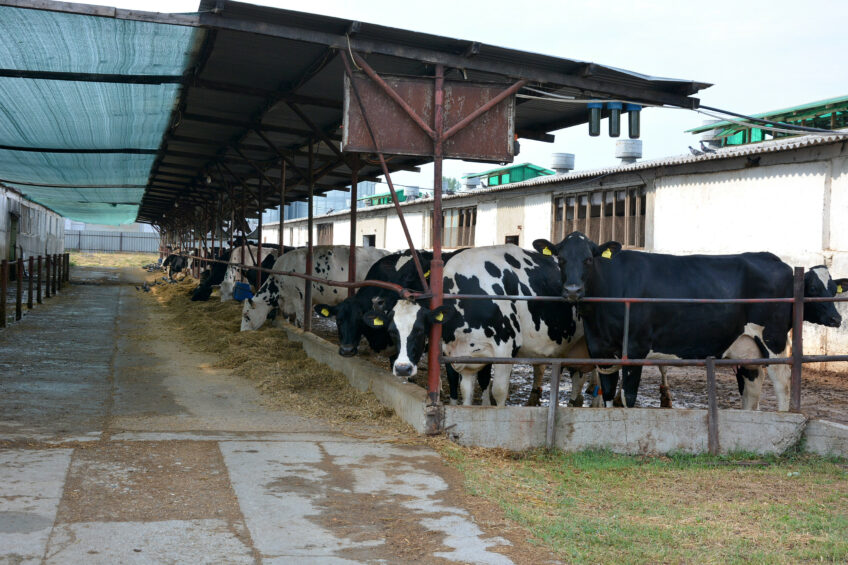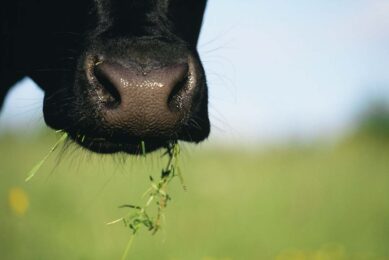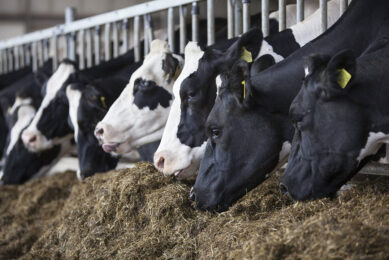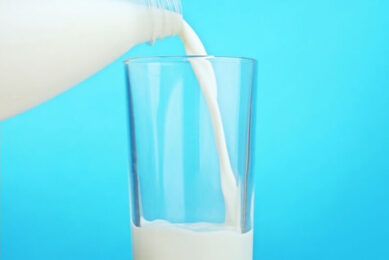Romanian farm plans to double herd size

With the shackles of communist rule well and truly released, a dairy farm in Eastern Romania is planning to double its current herd size to 800 cows in just two years.
It was back in the early 90’s following the revolution that swept across eastern Europe that Romania became free from communism but some remnants of that period still exist on farms there today. Roll the clock forward to almost 2 decades and the country’s dairy industry is performing quite well with a current value of € 800 million annually. One of those former communist-era farms that was founded in 1972 but later privatised in 2001 is Agrimat Matca, now extends to 4,000 hectares of arable land for grain growing and a 400 milking cow dairy enterprise. Together with the arable enterprise and a vineyard, the farm has a turnover of € 6.3 milion per year. It is currently owned by major shareholder Gavrila Tuchilus who started working on the farm when he was 33 during the communist period. Back then it was a breeding farm supplying genetics and breeding animals to other state owned farms. The initial nucleus herd of Holstein cows were all originally bought in from Denmark which started off the high genetic herd that exists on the farm today.

Milk price increase during winter
Another long serving member of staff is Gabriela Ganoa, who has worked on the farm for the past 27 years and is now the farm manager. She said the farm has a goal to double its milking herd and expand to 800 cows in the next 2 years, build a new barn and install a 40 point rotary milking parlour. The farm invested heavily in good semen, particularly from the US when it arrived in Romania for the first time in 2004, after the communist era. They started using sexed semen in 2007 to build up the female herd and a year later they purchased 32 embryos which had a transfer success rate of 61.5%. “Our cows are milked 3 times per day and average 11,800 litres of milk per cow per year. They are milked in a Banat 16/16 milking parlour by 3 people on each shift at 4am, 12 noon and again at 7pm. We use high digital technology in the milking system supplied by Afimilk in Israel to monitor milk supply, quality and herd health,” Ms Ganoa explains. The milk is sold to a local processor for around € 0.29 per litre, but this price increases during the winter time due to there being a lag in the country’s milk production. “It costs us in the region of € 0.25 per litre to produce the milk,” she said. The main milking herd is divided up into three production groups; fresh calvers, high production cows and the remainder in a late lactation group.

Low calf mortality rate
There are just over 1,000 animals in total at the Agrimat farm including the young stock which are kept in housing that mostly dates back to the communist era. The young heifer calves are kept in the old style pens with indoor and outdoor access while the older heifers have access to open corals with cubicles. Incidentally, the bull calves born on the farm are reared until they are 400kg and then sold for 6.5 Romanian leu (€ 1.41) per kg to fattening farms. “Our calves are kept with their mothers for 3 days to ensure they get a good start and enough colostrum. Currently we have a calf mortality rate of under 5% which we think is very good,” she says.
Extra protein supplements
A total of 14 different feed rations are mixed at Agrimat for the various groups of animals from young calves through to the high producers. All the diets are mostly made up of alfalfa hay, maize silage, beer barley and mineral supplements with the high yielders receiving extra protein supplementations.
Demand for milk and dairy produce in Romania is on the rise and that’s the key reason Agrimat wants to increase production and become more efficient.

“We want to double our herd size by investing in 2 new barns with a 40-point rotary parlour in between them,” says Ms Ganoa. “We have a lot of heifers coming through so we have the numbers but we need to set up an efficient milking system. Our target is to reach 800 cows within two years. We hope to do this with our own money, not with specific EU funds. I think the EU milk market is not a fair place for all EU countries to operate in. There are better conditions and easier markets for some countries to trade with.” However, the people at Agrimat will be concentrating on their home market first and focusing on their expansion plans.
Join 13,000+ subscribers
Subscribe to our newsletter to stay updated about all the need-to-know content in the dairy sector, two times a week.










